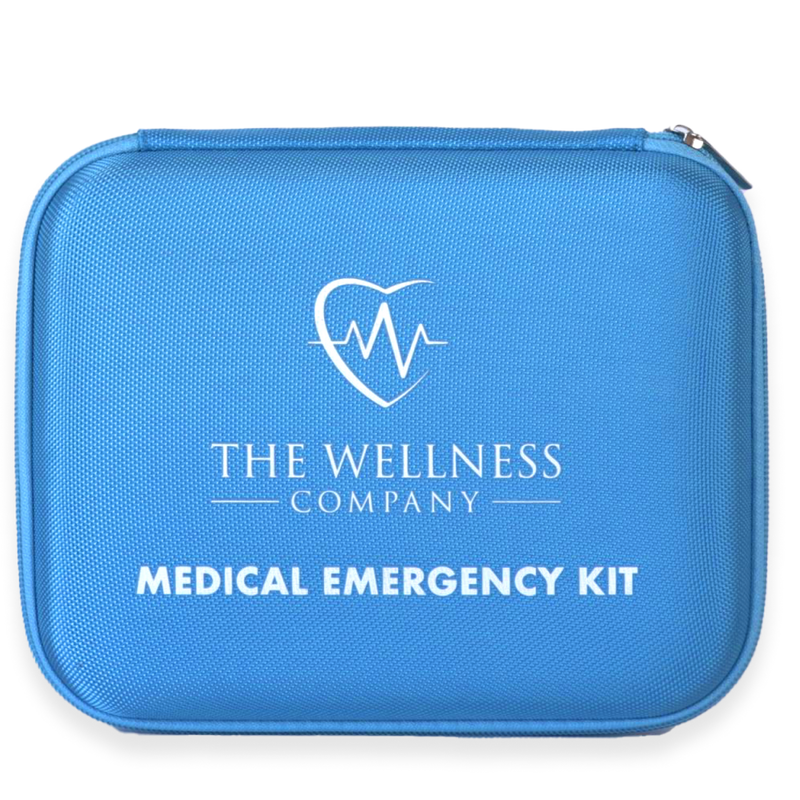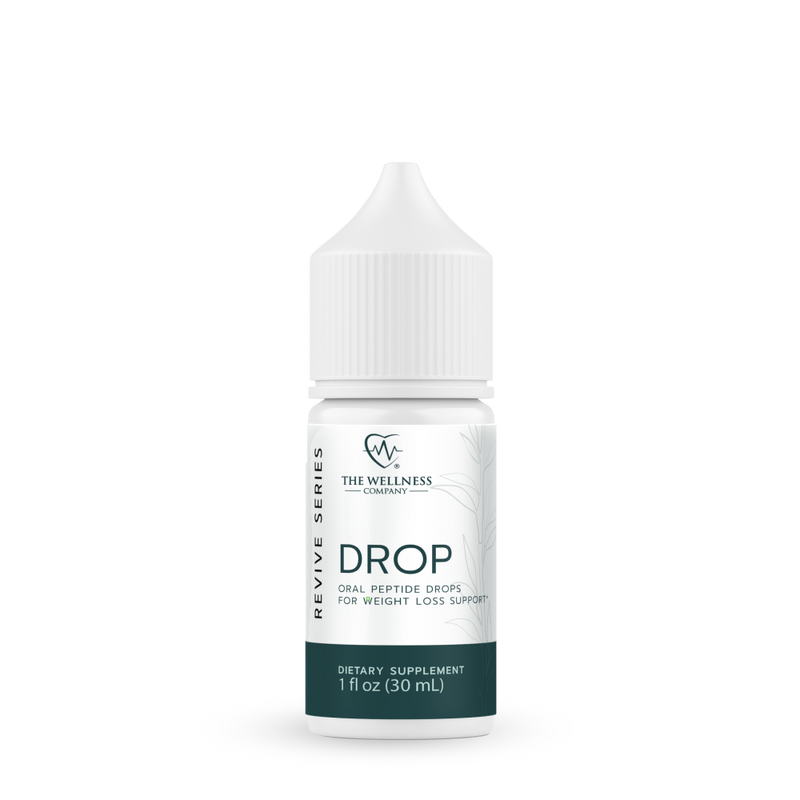What's Really on Your Plate? The Silent Scourge of Foodborne Illness

Whether you are home or eating out, there is always the chance of food poisoning. There are a reported 48 million cases of foodborne illness annually—the equivalent of sickening 1 in 6 Americans each year. And each year these illnesses result in an estimated 128,000 hospitalizations and 3,000 deaths.
Luckily, foodborne illnesses usually run their course within a few days. The most common symptom is diarrhea, which is your body’s way of expelling the toxins- usually bacteria that multiply on contaminated food that isn’t properly cooked or handled. In some cases, food poisoning can lead to dehydration and even hospitalization.
You do have some control over preventing foodborne illness while at home by practicing proper storage, sanitization, and cooking, but if you are on the road- vacation or business, you are at the mercy of whoever is preparing your meal.
The last thing you want is to ruin your travel plans with frequent bathroom stops, or worse- a trip to a clinic in an unfamiliar area.
Below are some of the more common foodborne illnesses taken from the CDC website. You will notice that almost all foodborne illnesses have diarrhea as their primary symptom, and most run their course without treatment.
However, if diarrhea is so extreme that it causes dehydration, taking an antidiarrheal such as loperamide may be needed along with replacing lost electrolytes. Dehydration can create a potentially serious condition, especially in young children, the elderly, and individuals with chronic diseases such as diabetes. Consult with your healthcare provider if you are in a high-risk group or have any questions.
Scroll down for website links to food recalls, signs of dehydration, and restaurant safety score websites.
Common Foodborne Pathogens
(This list is not exhaustive; it is just a sample of some of the more common foodborne illnesses on the CDC website that you may encounter)
Norovirus is the most common foodborne illness in the US, causing 58% of foodborne illnesses. Often called stomach flu, norovirus is not related to the influenza virus.
- 19-21 million cases and 900 deaths in the U.S. each year
- Outbreaks occur from contaminated food and not washing hands after using the bathroom.
Common Foods: Foods in fields sprayed with contaminated water (leafy greens, fruits), shellfish, oysters.
Treatment
Monitor for signs of dehydration (see below), norovirus usually runs its course within 1-3 days.
Symptoms: Diarrhea, vomiting, nausea, and stomach pain.
Stay home when sick and for two days after symptoms stop. Norovirus can live in feces for up to 2 weeks after symptoms subside.
Prevention
- Thoroughly rinse fruits and vegetables.
- Cook shellfish thoroughly-norovirus can live in environments up to 145 degrees Fahrenheit.
- Wash hands with soap and water after using the bathroom, changing diapers, and any other exposure to fecal matter.
About 1.35 million infections annually in the U.S.
Common Foods: Raw poultry, eggs, beef, and sometimes fruits and vegetables.
Symptoms: Diarrhea, fever, abdominal cramps, and vomiting.
Treatment: Most people recover without treatment. Severe cases require antibiotics.
Prevention
- Cook poultry, ground meats, and eggs thoroughly. Eggs should be cooked until both the yolk and white are firm.
- Avoid eating raw or undercooked eggs, poultry, and meat.
- Wash hands, kitchen work surfaces, and utensils with soap and water immediately after they have been in contact with raw meat or poultry.
Treatment: Most people recover without treatment. Severe cases require antibiotics.
Estimated to affect over 1.5 million individuals each year in the USA alone.
Common Foods: Raw, undercooked poultry, unpasteurized milk, contaminated water.
Symptoms: Diarrhea (often bloody), fever, and abdominal cramps.
Treatment: Most cases resolve without treatment, but severe cases might require antibiotics.
Prevention
- Cook poultry to a minimum internal temperature of 165°F (74°C) to kill bacteria.
- Avoid cross-contamination by using separate cutting boards for raw meat and other foods.
- Drink water from safe, treated sources.
Common Foods: Poultry, such as turkey and chicken meat, such as beef and pork, gravy
Symptoms: Diarrhea, stomach cramps
Treatment: Symptoms resolve within 24 hours on their own, replace lost fluids
Prevention: Outbreaks usually occur at group gatherings where food is kept out for long periods of time. Maintain heat at 140F or higher for cooked food and keep refrigerated food at 40F or lower. Refrigerate leftovers at 40F within 2 hours, and serve cooked food as soon as possible.
One of the most common causes of foodborne illnesses worldwide, exact statistics vary.
Common Foods: Foods that are not cooked after handling, such as sliced meats, puddings, and pastries.
Symptoms: Rapid onset of nausea, vomiting, retching, and stomach cramps.
Treatment: Usually resolves in 24 hours.
Prevention
- Keep food covered and refrigerate promptly.
- Wash hands thoroughly before handling food.
- Do not prepare food if you have a nose or skin infection.
Chlorine-resistant Cryptosporidium now causes over half of the reported waterborne disease outbreaks associated with swimming in chlorinated public swimming pools.
Common Foods: Contaminated water, apple cider, and fresh produce.
Symptoms: Watery diarrhea, stomach cramps, dehydration, nausea, vomiting, fever, and weight loss.
Treatment: Supportive care (fluids to prevent dehydration) and, in some cases, antiparasitic drugs like nitazoxanide.
Prevention
- Boil water if there is any suspicion of contamination, especially in areas with known outbreaks.
- Wash hands thoroughly with soap and water after contact with soil or handling animals, particularly farm animals.
- Wash and peel fruits and vegetables before eating.
O157:H7 strain causes about 36% of E. coli infections, amounting to an estimated 265,000 infections in the U.S. annually.
Common Foods: Undercooked ground beef, raw milk, raw cheese, contaminated water.
Symptoms: Diarrhea (potentially bloody), abdominal pain, and vomiting.
Treatment: Most cases of E. coli resolve on their own, if symptoms are severe, seek medical attention.
Prevention
- Cook beef, especially ground beef, to at least 160°F (71°C) to ensure all bacteria are killed.
- Avoid raw milk and unpasteurized dairy products.
- Wash hands thoroughly before eating or preparing food and after using the restroom.
Responsible for about 1,600 illnesses and 260 deaths in the U.S. each year.
Common Foods: Deli meats, hot dogs, unpasteurized milk and cheeses, unwashed raw produce.
Symptoms: Fever, muscle aches, and sometimes nausea or diarrhea. If the infection spreads to the nervous system, symptoms can include headache, stiff neck, confusion, loss of balance, and convulsions.
Treatment: Usually treated with antibiotics.
Prevention
- Keep the refrigerator at 40°F (4°C) or lower to inhibit bacterial growth.
- Avoid consuming soft cheeses, deli meats, and hot dogs unless they are reheated to an internal temperature of 165°F (74°C).
- Regularly clean and sanitize kitchen utensils, counters, and appliances.
Signs and Symptoms of Dehydration
Oral rehydration solutions can replace lost electrolytes, along with slowing down diarrheal episodes, in which case loperamide may be indicated. Consult with your healthcare provider for guidance if you are feeling dehydrated. (Loperamide is one of the medications found in our Travel Emergency Kit)
Symptoms of dehydration in adults and children include:
If you have mild to moderate dehydration, you might:
- be thirsty.
- have a dry mouth, lips, and tongue.
- be dizzy or light-headed, particularly when standing up.
- have a headache.
- have dark urine and do not urinate as much as normal.
If you have severe dehydration, you might:
- be extremely thirsty.
- have a very dry mouth.
- be breathing fast.
- have a fast heart rate and a low blood pressure.
- have a fever.
- have little or no urine.
Signs of dehydration in an infant may include: (seek medical attention - because of their small size they are more at risk for serious complications).
- a sunken soft spot (fontanelle) on top of their head.
- sunken eyes.
- few or no tears when they cry.
- not having many wet diapers.
- being drowsy or irritable.
- fast heart rate.
Some helpful websites for more information on foodborne illnesses and how to prevent them- at home and in restaurants.
- Prevent Foodborne illness in the home: A USDA guide to home food safety practices can be found here.
- FDA Recalls for Foods and Beverages This page is updated regularly.
- Food Safety News has compiled a list of restaurant safety inspection reports listed by state.
Written by Brooke Lounsbury














